Case Study Analysis: SitLed Company and Leadership Strategies
VerifiedAdded on 2023/01/20
|6
|1139
|88
Case Study
AI Summary
The case study examines the leadership challenges faced by a cosmetic manufacturing company, specifically focusing on a senior colorist mentoring a less confident employee named Calista Taylor. Despite Calista's proven project leadership skills, she struggles with self-doubt and seeks excessive guidance. The case analyzes the issues, including Calista's need for reassurance and her difficulty in independent decision-making, from a leadership perspective. The analysis applies situational leadership theory and motivational theories to recommend strategies for the mentor to build Calista's confidence, foster independent decision-making, and maintain a positive work environment. The recommendations include democratic leadership, setting up informal meetings, utilizing motivational theories, and reinforcing a positive workplace climate. The study concludes by emphasizing the importance of a leader's ability to analyze situations and individual behaviors, and adapt their approach to help employees develop while maintaining a good interpersonal relationship.
1 out of 6
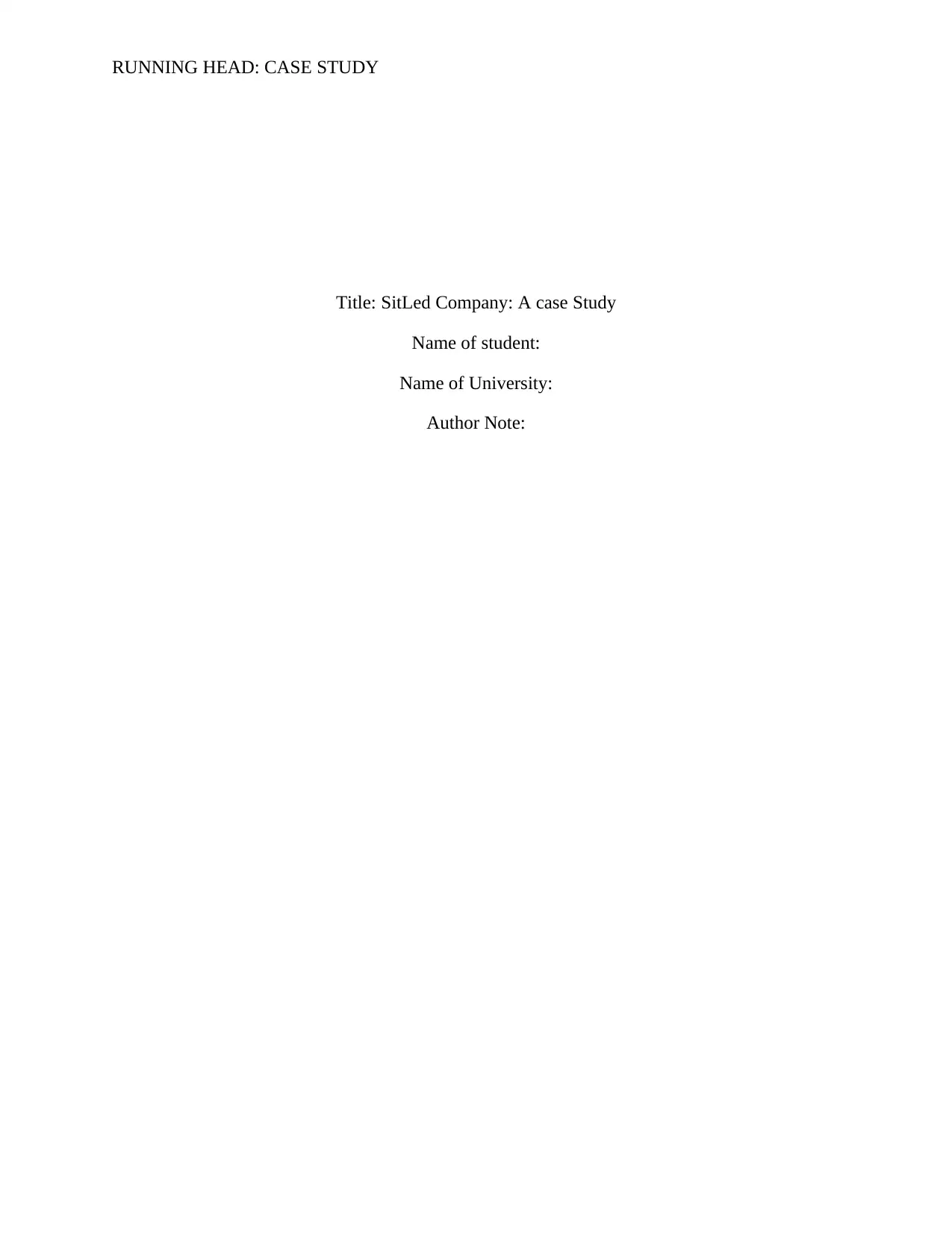
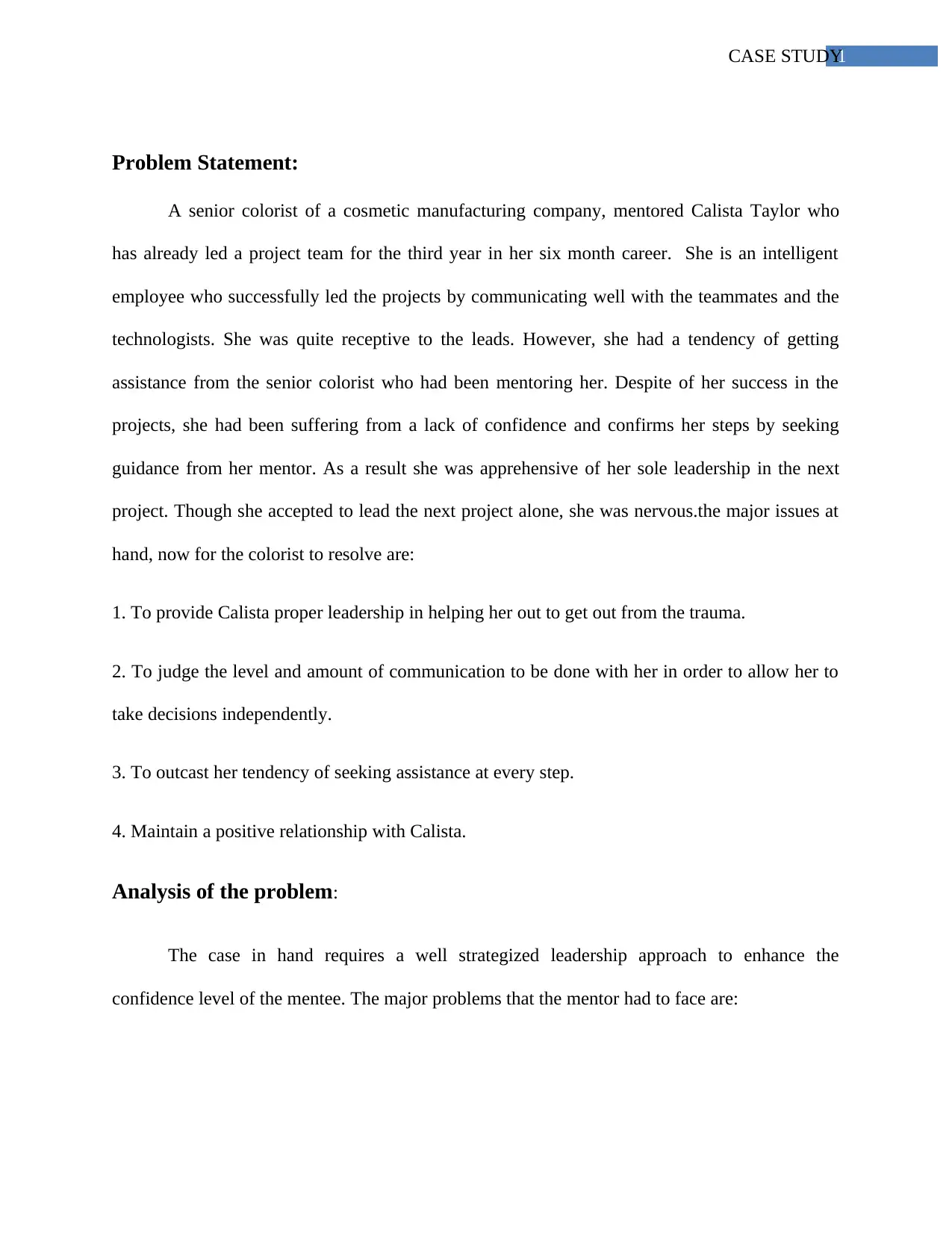
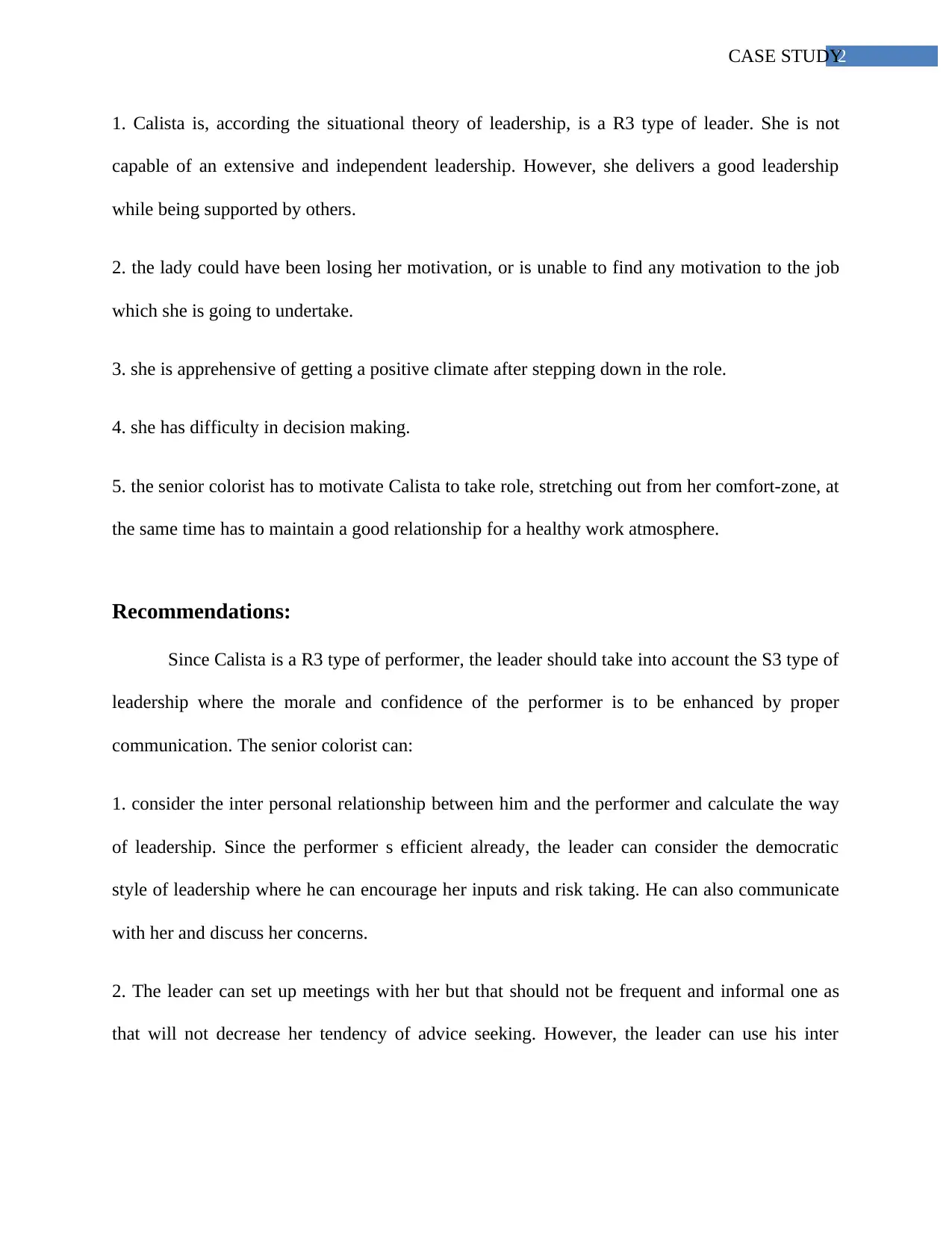

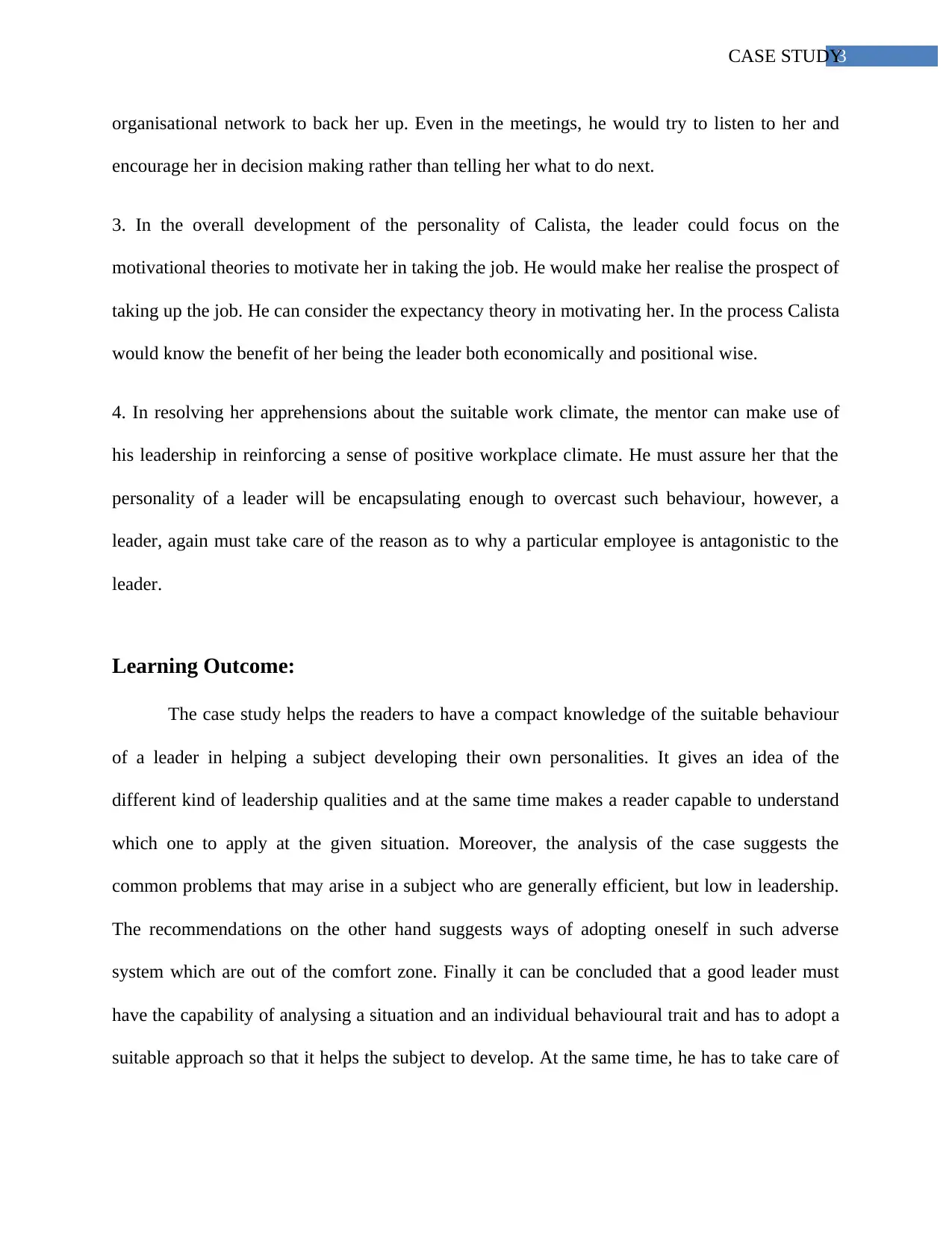
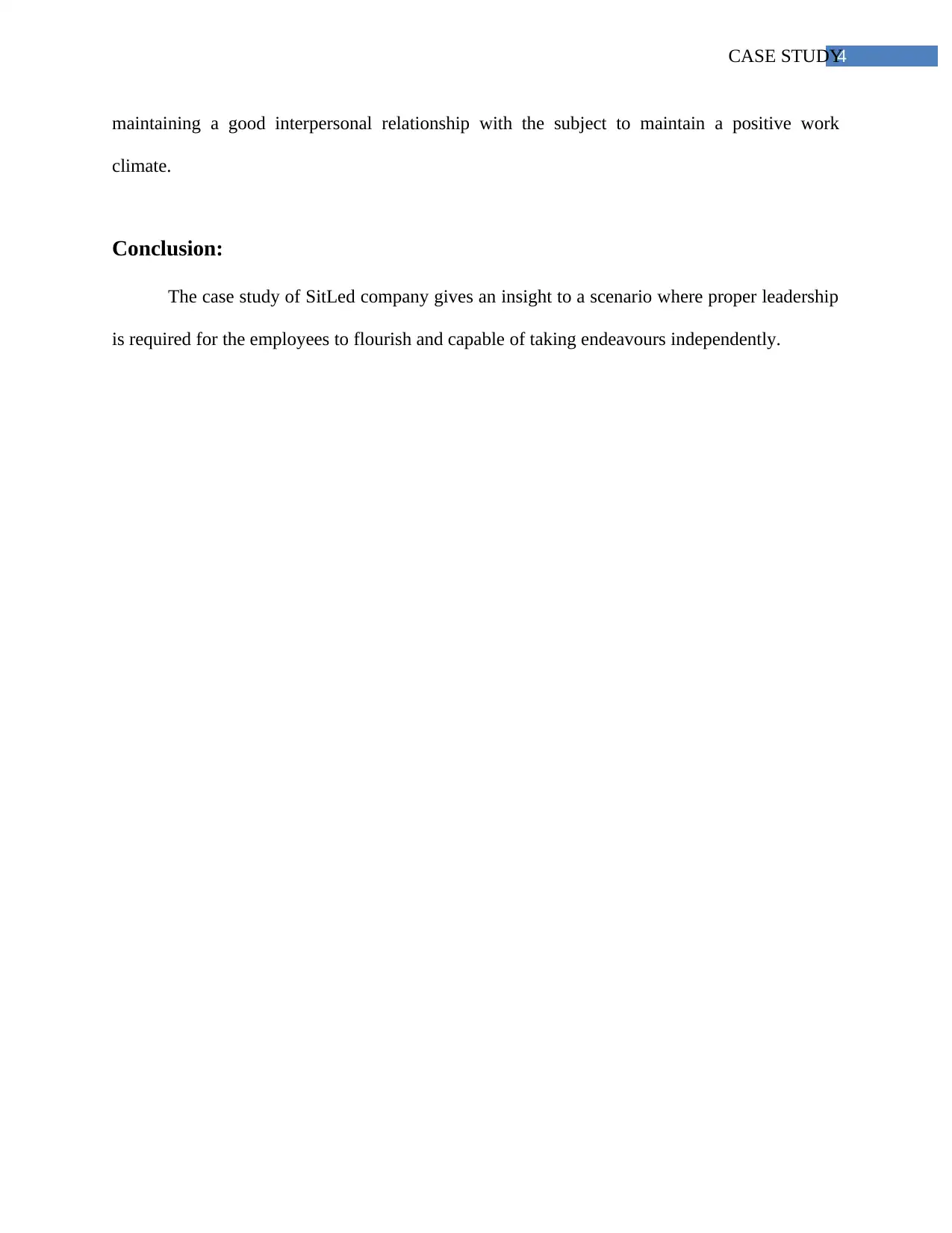
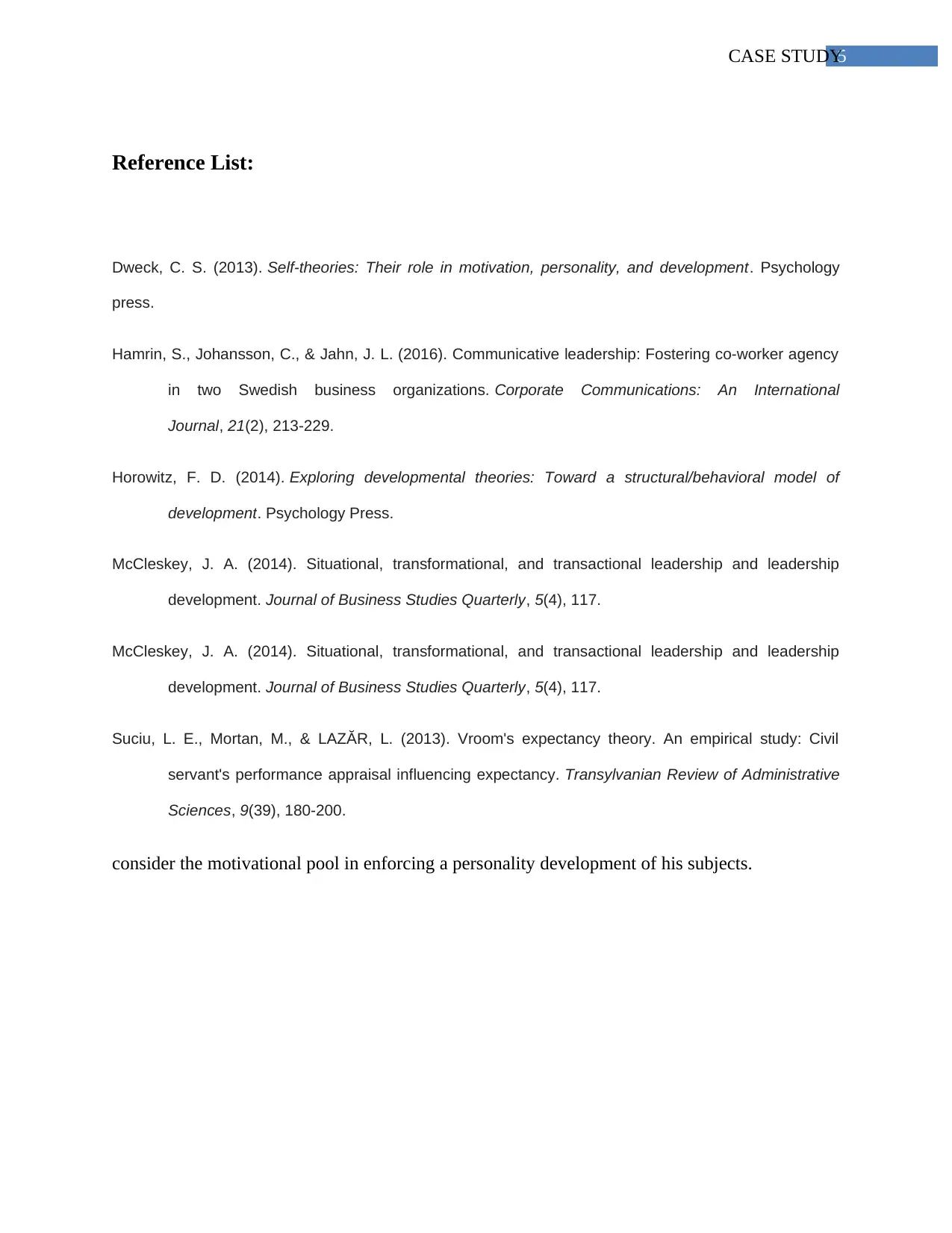


![[object Object]](/_next/static/media/star-bottom.7253800d.svg)